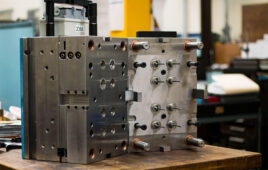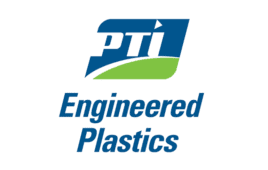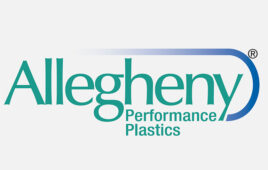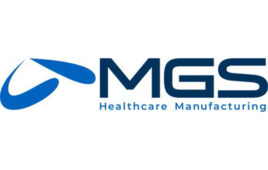 Injection molds use coatings and treatments to prolong life or add performance. This is due to the plastics materials that are harsh on injection molds and when conditions are aggressive.
Injection molds use coatings and treatments to prolong life or add performance. This is due to the plastics materials that are harsh on injection molds and when conditions are aggressive.
Surface Treatments and Texturing Options for Injection Molds
Hard Chrome – with a hardness of 72 RC, hard chrome allows you to achieve any SPI finish on your tooling. The downside of this comes with the high cost, along with limits on getting to areas accessible by an anode. If the mold has complex details, it could require an extra conforming anode that adds time and expense to the project. Chrome also has an environmental impact – chromium is a carcinogen and must be used with caution.
Electroless Nickel – this is used to protect molds where corrosive off-gassing is created by materials such as PVC or halogenated fire retardants. Products molded from these materials for the electronic or medical industry often cannot tolerate the presence of any oxidation by-products.
Electroless nickel at 50 RC is ideal for corrosion protection. They are usually used for enlarging threaded cores and inserts, or for precisely sizing cavities. It also works very well on entire mold bases, including A and B plates, ejector base housings, pin plates and pillar supports. Taking these measures leads to years of low-maintenance and rust-free operation.
Titanium Nitride – with a 90 RC hardness, this is good for abrasion & corrosion resistance as well as good lubricity. It is used on ejector guides, cores, cavities, glass-filled resins, and PVC. Bright gold in color, this material offers excellent wear resistance.
Mold Finishes – there are four standard finishes available for giving the molding surface a different appearance. From a glossy, mirror-like surface to a fairly rough gritty texture, each of the four finishes has three grades apiece.
Diamond – A1 diamond finish has the most perfect finish available because there are no high or low ridges – which adds to the lens-quality smoothness. Any amount of roughness is almost immeasurable. The SPI A-2 is the most widely used diamond finish. It provides good release and good visual parts. All diamond finishes work well with chrome and nickel coatings.
Paper – create a non-glossy surface using a paper polish – this produces a slightly reflective or glossy shine and a very good release. They are often recommended for products that do not require a decorative or visual impact.
Stone – this offers low-polish parts, and rough surfaces – it is the most economical finish and the first step in the process of creating both paper and diamond finishes. Stone finishes provide good release with very little gloss on the plastic part. This is good for strictly functional molded parts where aesthetics are of no importance.
About Textured Surfaces
There are many processes that enhance textured surface finishes for injection molds and their manufactured parts. Texturing accomplishes a very specific look, feel or function. Texturing provides visual and other perceivable effects that give impressions of wood, leather, sand, stipple and more.
Any time you change a part’s appearance or add texture to a core you have an opportunity to improve things. Most operators seek to hold the part onto the mold without having to do manual undercuts. Adding texture can also mean establishing a company logo or pattern into the most visible areas of the part.
Textured surfaces require protection. Mold coatings always help to decrease the frequency of repairs and refurbishment by maintaining the integrity of the textured surface.
Consult With Surface Treatment and Texturing Experts
The professionals at Crescent Industries can help guide and provide you with injection molds and any other manufacturing support your project requires. This employee-owned company has been producing plastic components that are consistent and reliable for 70 years.
Crescent Industries
crescentind.com




